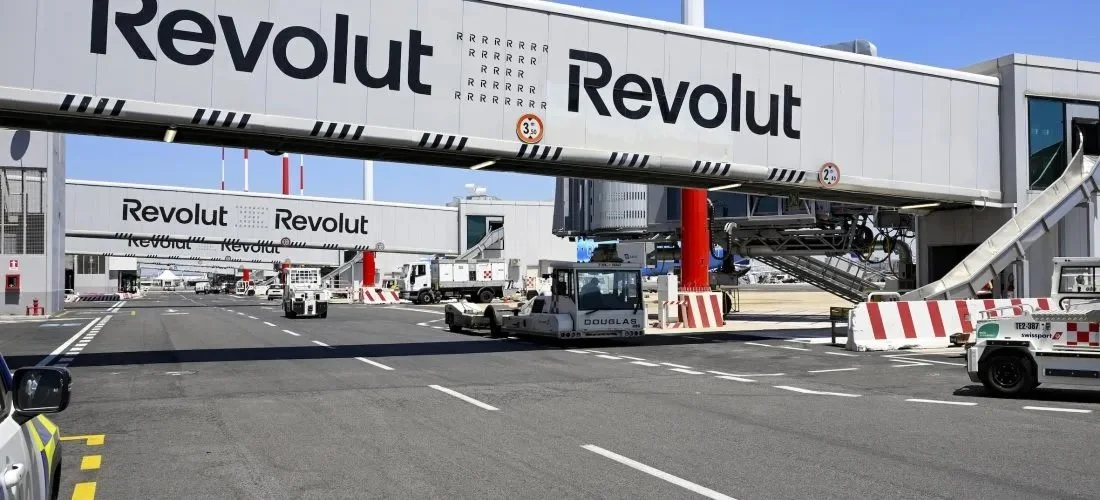Nature abhors a vacuum: Weeknotes #40
Media is a finite resource. Some elements of media - like video impressions - are so plentiful as to appear infinite. Others, like physical media such as posters, print ads etc, are more clearly distinguishable as limited in availability. Like other commodities, the more limited the availability, the greater the potential value.
In the luxury category, there is an interesting concept: patrimony. This is the idea that certain types of advertising format are 'property’ and are ‘inherited’ by subsequent generations of marketers within a given company. An example might be the outside back cover of French Vogue. Chanel, for example, might have rights to this ad site and they will do so until they relinquish it. At which point, the publisher is able to take this to market and find a new advertiser.
Advertising opportunities are often assessed on their relative, direct merits: the reach they provide against a certain audience, the context it places a brand in, the way it establishes a ‘body language’ for the brand and of course, the cost or value. The question frequently asked is ‘what do we get when we buy this advertising format?’
In the case of patrimony based examples - there is another, urgent question which should be considered. Who fills the vacuum that is created when an advertiser divests itself from a property? This applies to print ads, to poster sites and to sponsorships in media and events. This is an important consideration when assessing overall ‘value’ - price is one factor, but could you afford to lose rights to a particular advertising opportunity if your nearest competitor or rival where to fill the space you create by vacating something that has been ‘in the family’ for a prolonged period? And is the price worth paying if it limits or blocks a rival gaining a strategic advantage?
A lot of strategy work as practiced within communications businesses is linear. It concerns itself with the marshalling of available resources and the impact that they provide. Rarely, at least in my experience, do ‘second order’ effects come into the conversation. Similarly, competitive reporting - long the most unfulfilling of agency tasks - could become more valuable, if it was used not just as a tool for looking backward, but for looking forward too. As a means of anticipating where competitors (both direct and indirect) might move their chess pieces in response to a decision being made.
Having travelled alot across Europe in the last few months, one of the most visceral examples of this in practice is challenger Bank Revolut’s presence on jet bridges in many of the terminals I visited. These an advertising format I deeply associate with another international bank, who one can only assume came to feel that their investment in these formats was at the ‘point of diminishing returns’
————————
Reading
Still finishing The Contrarian. But picked up a number of other things which I’m grazing on. Books about design and collage and art, mainly.
Revisited Factfulness by Hans Rosling for a presentation I’m writing. We like simple ideas, he says.
By virtue of writing a newsletter on substack, I’ve collected a number of subscriptions to writers on the platform. Too many, I think. However, once a day I am normally struck by one or two really great things to emerge from the noise. Nicholas Nassim Taleb has started writing on the platform which is interesting. I have found it a useful place to collect images for use in presentations and references. I enjoyed today’s Art Direction by Zoe Yasemin. Her instructions on how achieve flow are worth printing off: start before you are ready, give yourself small challenges, don’t rush the first phase, let repitition guide you and stay close to the work. Overall she says, flow comes from doing.
Started the audiobook of Prisoners of Geography. In some small part this prompted the observation above: strategy, when practiced in the real world, actively considers the way choices to restrict or limit the potential actions of outside agents. I was fascinated by the ‘pizza slice’ conundrum faced by Russia. On their western border, the more they can expand the smaller (and therefore, more manageable) their border becomes
Doing
Thinking about revisiting my IPA Excellence Diploma thesis. I wrote a blog post for the IPA on the topic of the Diploma as they start to recruit for a new intake. There has been a lot of talk from other alumni about the impact the course made on them and their work. Personally, I feel like time has not been kind to my work. Having said that, there is a kernal of something contained in my final piece which has stood the test of time - and one that I find myself using routinely in my work.
Day trip to coventry with the rest of the agency team. A discussion about moving from ‘powerpoint to platform’ in our work.
Goldies for lunch on Saturday in a busy busy Soho. Trains and Tubes are mobbed. We walk, at P’s suggestion, back from Leicester Square to Euston. We walk and talk. He asks questions about buildings and flags and why things are the way they are.
Watching
Saw One Battle After Another on Friday. I enjoyed it beyond all measure. I know that some people have thought it a bit silly. The final sequence saw me holding my breath. The tension was equisite. Jonny Greenwood’s score is remarkable.
Revisiting Twin Peaks. It’s comfort telly. Watching Suspiria. And Wayward. Strictly season has started, so Saturday and Sunday evenings now see me sat writing or note taking at the kitchen table whilst P and L enjoy the show.

